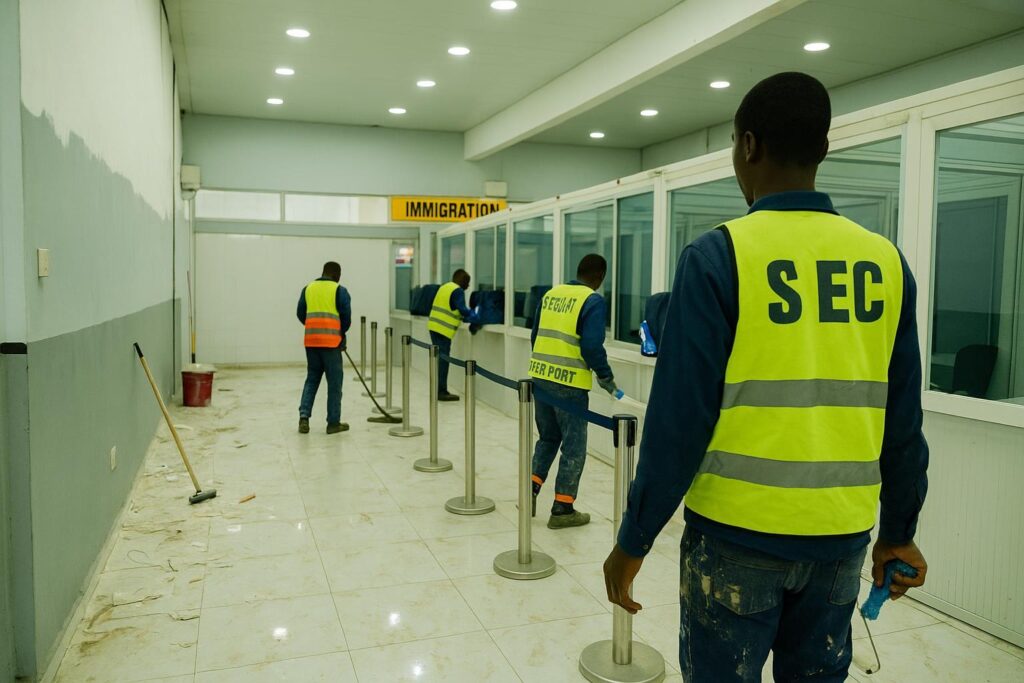Juba Airport Eyes 24-Hour Operations
Juba International Airport has launched an ambitious plan to move from dawn-to-dusk traffic to full 24-hour service, positioning South Sudan as a new aviation crossroads in East and Central Africa (South Sudan Civil Aviation Authority).
Modernising Runways and Lighting Systems
Acting airport chief Eng. Kat Mosety Monyjok says newly installed runway markings and high-intensity LED lights already meet International Civil Aviation Organization guidelines, laying the technical foundation for safe night landings and take-offs.
Additional perimeter lighting is being wired, and staff training schedules are aligned with the phased extension of operations from 5:30 a.m. to 10 p.m., a trial that Monyjok describes as “a decisive rehearsal before midnight operations.”
Securing Skills and Compliance
Management insists that technology alone is not enough; well-trained controllers, firefighters and security officers are being recruited to guarantee that every shift mirrors daytime safety standards.
Civil Aviation Authority inspectors are auditing processes to ensure full alignment with global best practice, a prerequisite for winning the confidence of intercontinental carriers.
Historic Night Departure Achieved
On 5 September 2025, an Air Congo Boeing 737 lifted off at 10:15 p.m., marking South Sudan’s first scheduled night flight and confirming the reliability of the new systems.
Aviation analysts say the successful test signals “a turning point from isolation to integration” for the country’s air network.
Regional Trade Prospects
Extended operating hours are expected to shorten cargo turnaround times, attract more regional airlines and support South Sudan’s industrial and agricultural ambitions.
Business chambers in Kampala and Nairobi already eye Juba as a viable late-night refuelling and trans-shipment point, potentially easing pressure on Entebbe and Addis Ababa hubs.
Next Steps Toward Full 24-Hour Status
The airport will formally announce round-the-clock operations once lighting, security protocols and staffing matrices clear final validation, a timeline officials hint could coincide with the next aviation season.
Until then, gradual extension to midnight will serve as proof of concept, allowing operators and regulators to gather performance data under real nighttime conditions.


